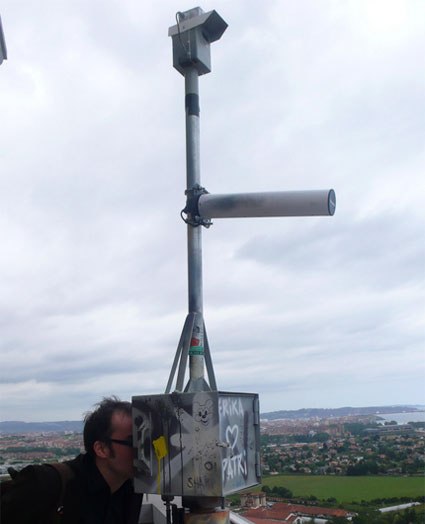We’ve discussed the notion of using machines to add or improve sensory input to the body before, and we’ve found another project with the same idea. [Nick Hasty] has developed an object he calls the EM Brace, which allows the user to sense electromagnetic fields with a wave of the hand.
The device works by connecting two antennas to an enclosure that contains a speaker. The enclosure is intended to be worn on the back with a harness securing it in place and wrapping the arms around the wearer’s body. The antennas are incorporated into a pair of gloves. When the antennas pick up electromagnetic radiation, the speaker emits a low frequency sound waves. They vibrate the enclosure and the arms, which in turn vibrate the body, signaling to the wearer that he or she is in an electromagnetic field, also referred to as hertzian space. A good deal of detail about the project can be found on his blog, or if you prefer, download his thesis paper in(PDF).
[via Make]












